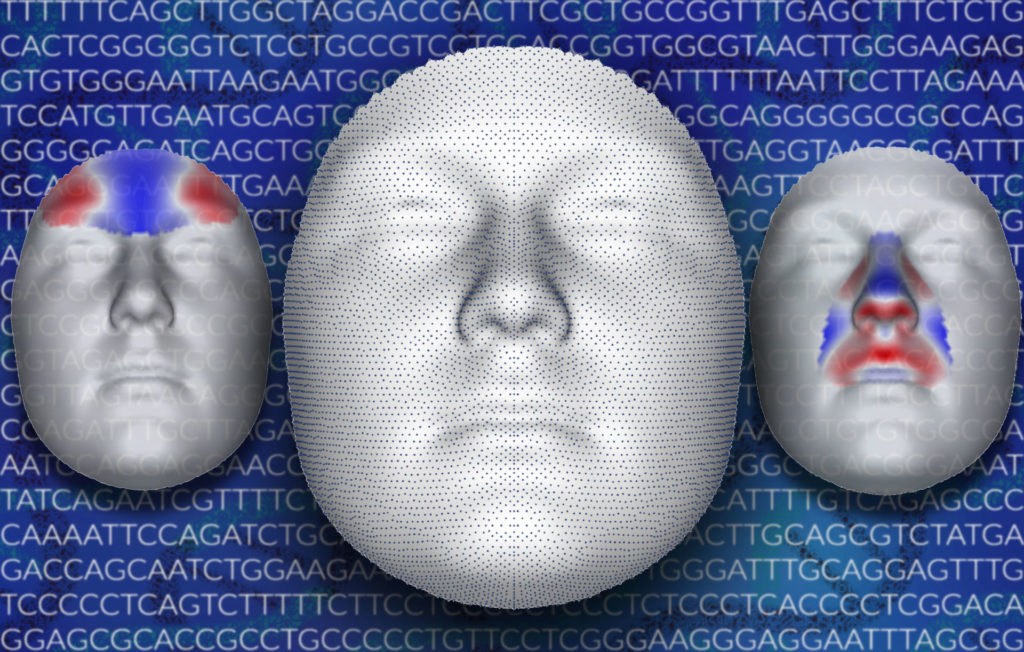It takes 203 genes to determine what the human face looks like, according to a study by Pennsylvania State University and the university of Leuven.
KU Leuven professor Peter Claes took part in an international study in 2018, together with Penn State, the university of Pittsburgh and Stanford University medical school, which identified 15 genes connected with the human face. The latest project has increased that number to 203 – 53 of which have never been reported before.
The team hopes its work can lead to a better understanding of how the face is developed, and provide information useful in understanding malformations like cleft lip and palate. Scientists in other disciplines might also build on the work to understand better the evolution of the face, and even in time allow developments in reconstructing a face from DNA traces found in forensic investigations.
"The face tells the outside world about your identity, who you are related to, where your ancestors come from and even your health," said Julie White of Penn State, one of the joint first authors of the study.
“But we only know a fraction of how faces are formed,” added Karlijne Indencleef of KU Leuven, the other first author of the study.
“The facial structure comes together in early development, and if it doesn't go right, you can get a cleft palate or other problems. We don't fully know what controls those processes," she added.
The researchers used two data sets: one from the UK made up of data from 3,566 people, and one from the US with 4,680 subjects. The data sets contain not only a full DNA make-up of the subject, but also a highly-detailed 3D imaging of their face.
More than 7,000 points were mapped on the face, and the whole face divided into 63 zones.
That enabled them to determine that 203 genes were involved in the structure of the face – 89 that had been identified by other studies, 61 already implicated in facial malformations, and 53 that had never been identified before.
“If you compare what we found with previous literature, you see an overlap with our genes and genes that had previously been implicated in non-facial things such as limb development and organ and skeletal abnormalities,” said White. “There are shared genetics. Things that are related to the face as well as being related to another part of the body.”
The study is published in the journal Nature Genetics.
Alan Hope
The Brussels Times

